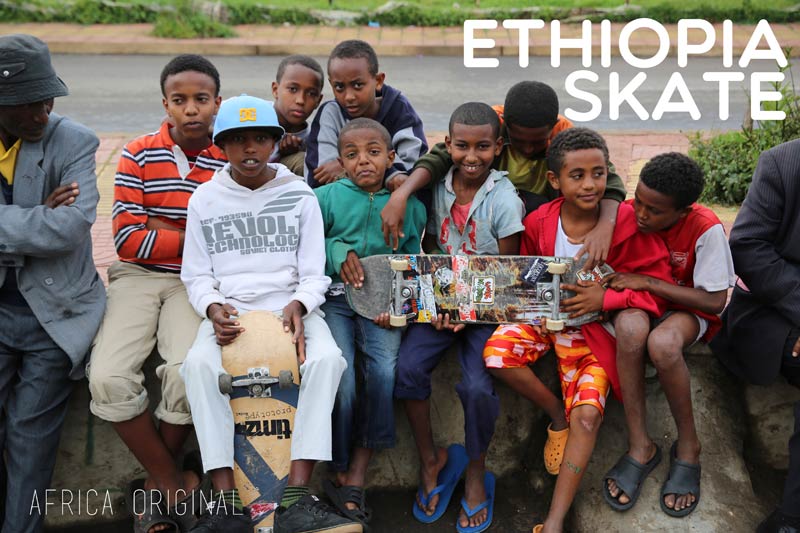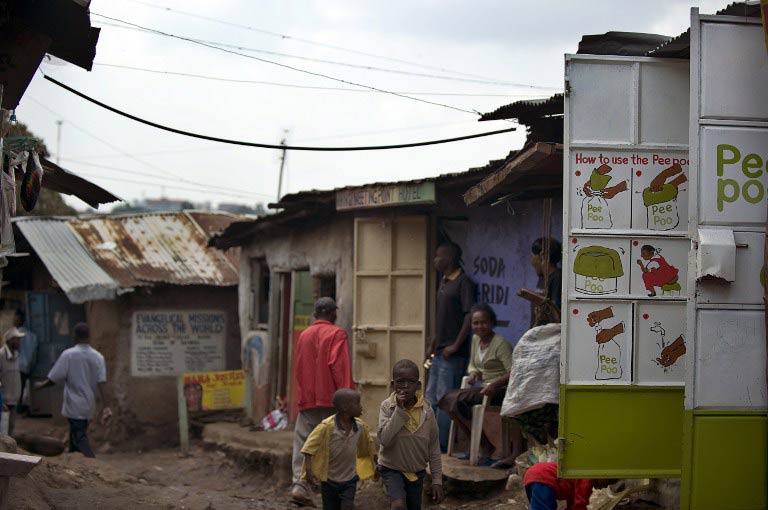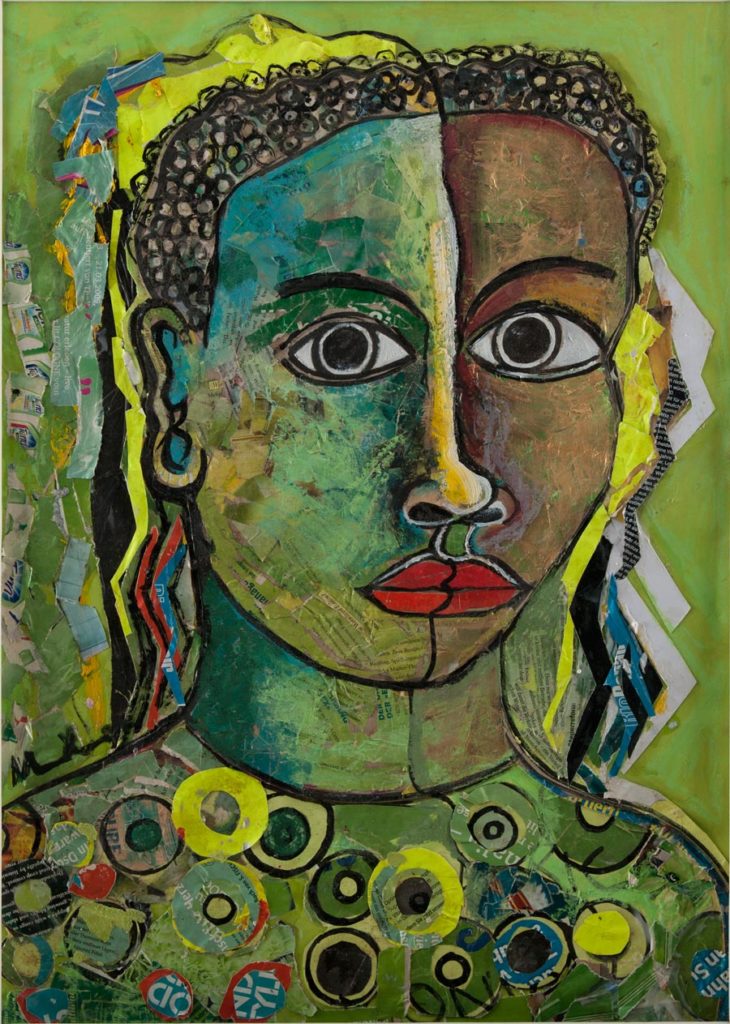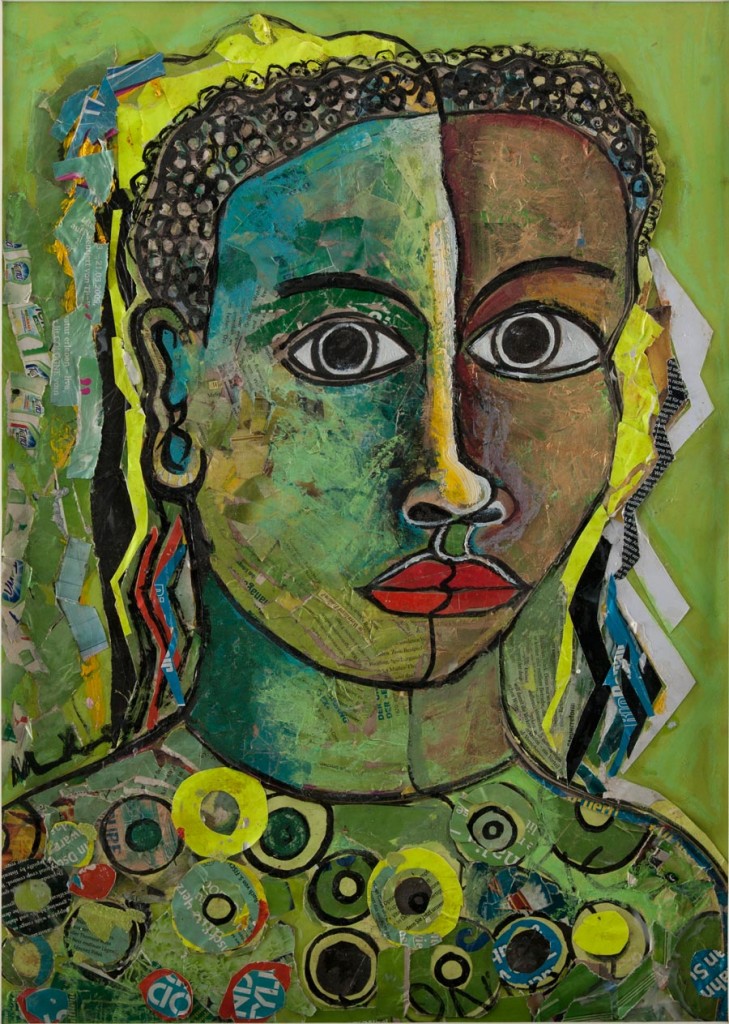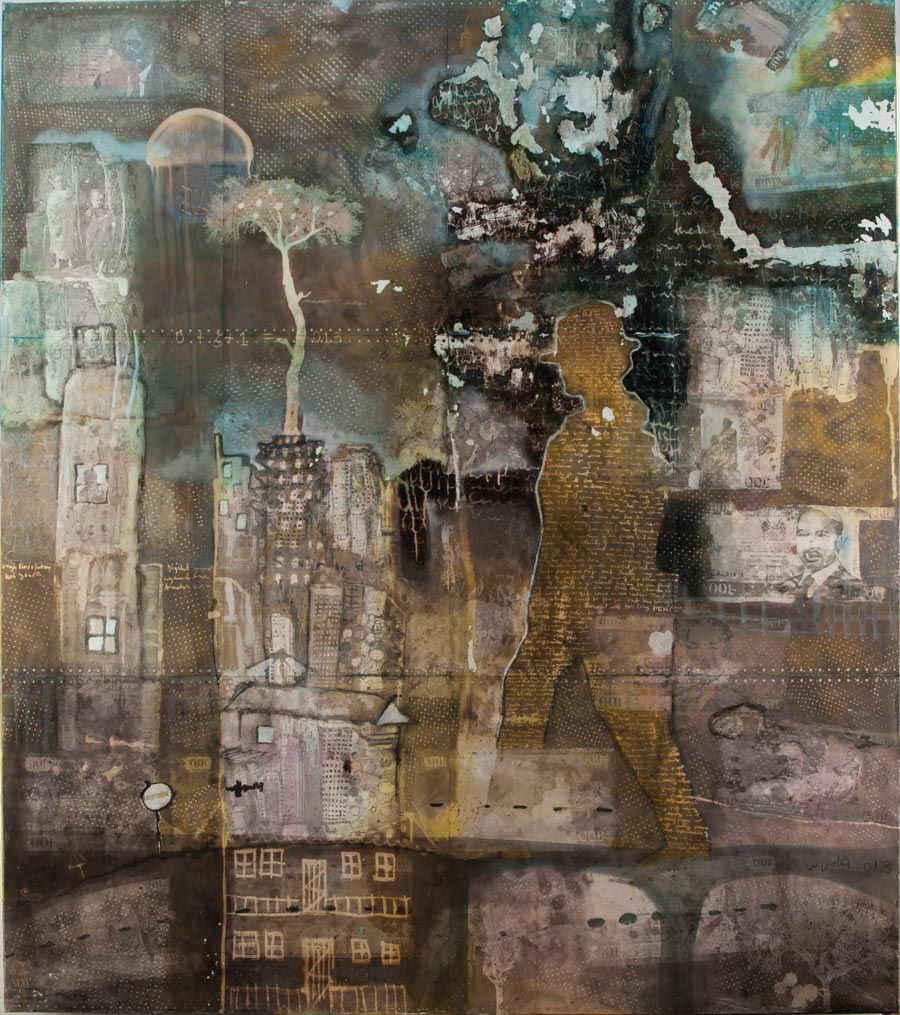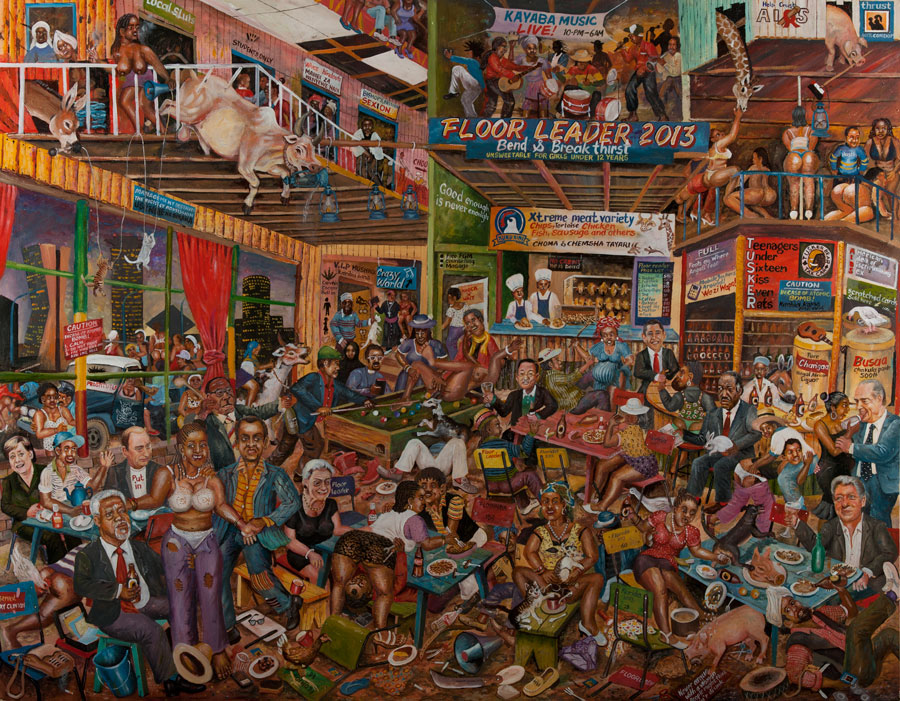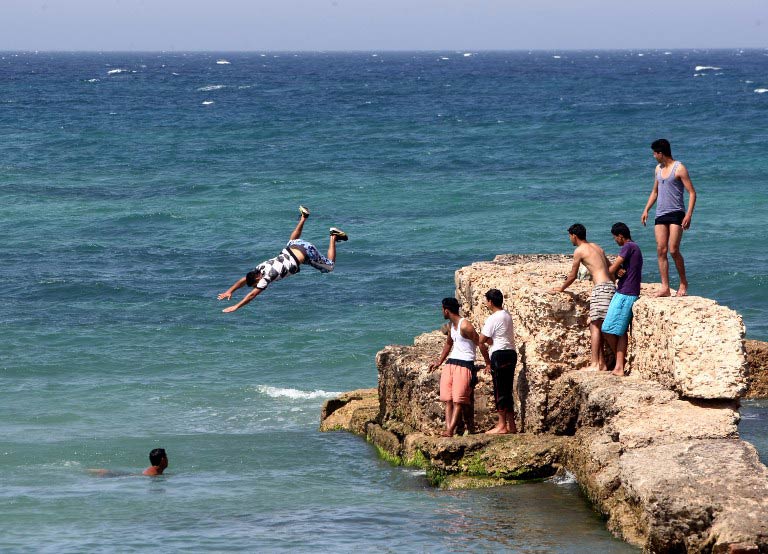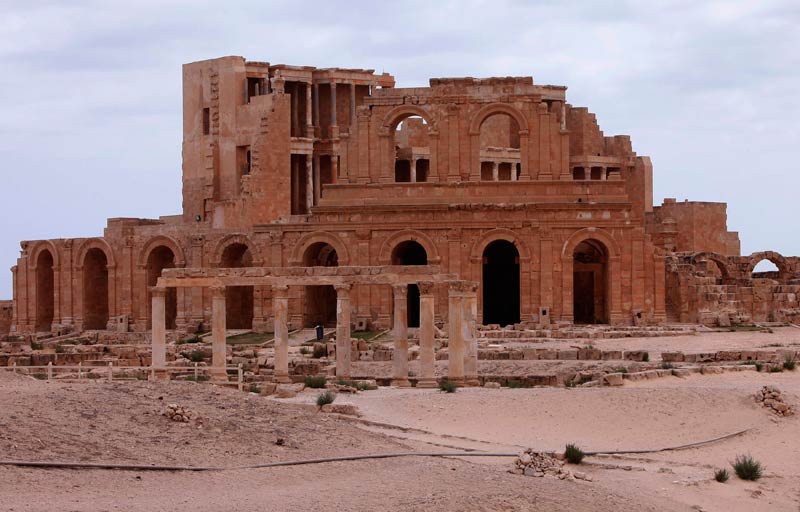Victorian explorers such as Speke, Burton, Livingstone and Stanley famously tramped around central Africa in search of the fabled source of the Nile. But no one has been known to walk the river’s 4 250-mile (6 840km) length, an omission Levison Wood intends to rectify and hopes he can do it in a year.
Setting off from dense forest in the highlands of Rwanda on December 1, Wood (31), a former parachute regiment captain from Putney, south London, will work his way through up to seven countries – depending which side of the river he takes – some of which have been riven by civil unrest and war.
Wood will face natural hazards, from raging torrents to wildlife; he will traverse forests, the vast Sudd swamp, and desert while taking in, possibly, Burundi, but definitely Tanzania, Uganda, South Sudan, Sudan and Egypt.
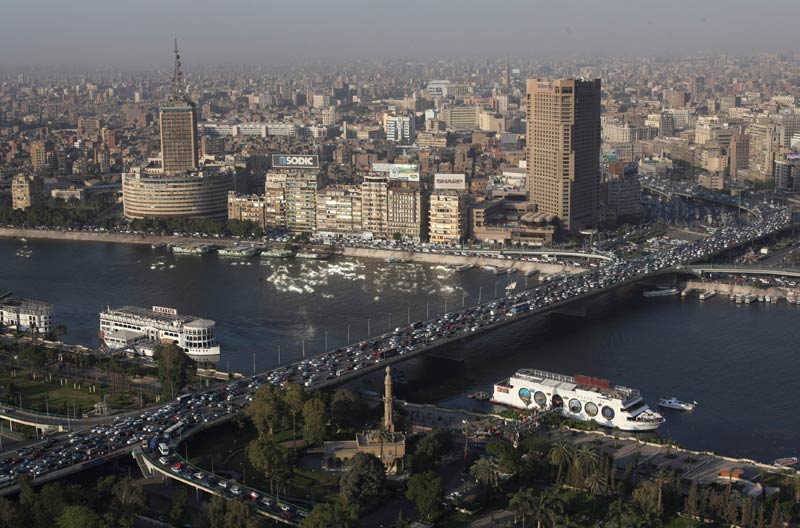
“The old adage is there is nothing more dangerous than between a hippo and the water and that is where I am going to be,” said Wood, admitting it was also as well to ask local people when crocodiles liked to be in the water.”Before you had decent anti-microbials in the 20th century, for most of the Victorian explorers, Speke and Livingstone and all those chaps looking for the source of the Nile, it was much easier coming from the east – [what is now] Tanzania and the coast – than it was to get round the Sudd. Anyone who had ever tried that basically died of malaria,” said Wood.
The Sudanese civil war put much of the Nile off-limits until recently. “For the first time in history, [this journey] is medically, politically and bureacratically possible,” said Wood, who will be seeking to raise money for three charities, Tusk, Space for Giants and Ameca.
Unlike Joanna Lumley and the 2005-2006 Ascend the Nile team who employed mechanised transport, Wood will be heading downstream. He will however, have a Channel Four film crew joining him for up to fortnight.
Wood, who served in Afghanistan in 2008 and has more recently escorted film crews into hostile areas, is well aware of other dangers facing 21st-century explorers. The Ascend the Nile team, led by New Zealanders Garth MacIntyre and Cam McLeay and Briton Neil McGrigor, witnessed one member, Briton Steve Willis, killed in an ambush by an armed rebel group in Uganda. McGrigor also broke and burned his leg in an accident that wrecked a motorised raft and a support aircraft.
Wood will not be armed, though will be joined by armed rangers in national parks, not only to protect him from wild animals but from poachers. “Certainly it is not wise to carry arms yourself.”
Wood hopes to complete up to 100 miles a week but said: “No doubt the film crew will slow me down quite considerably and anything can happen. You only need to get a sprained ankle to delay you by a fortnight.”
He insisted that most of the time he would rely on local guides. “In more remote parts of South Sudan, especially swamp areas, and, of course, the desert, it is going to be tough and there are going to be weeks and weeks without a village. The idea is to explore Africa as much as possible. If there are huge stretches where I need to carry my own food, there might be times I need to get a camel or something … I don’t have the budget for a helicopter.”
Wood, who has received words of encouragement from modern-day adventurers including Sir Ranulph Fiennes and Colonel John Blashford-Snell, reckons the trip will cost about £150 000. He is still seeking sponsors and encouraging wellwishers to support his favourite sub-Saharan wildlife and healthcare charities.
“You have to be prepared as much as you can. The key really is having good, trustworthy local guides who have a good understanding of places you are going into. I have done my research as best I can but a lot of it you have to leave to, I won’t say blind faith, but leave to human kindness.”

